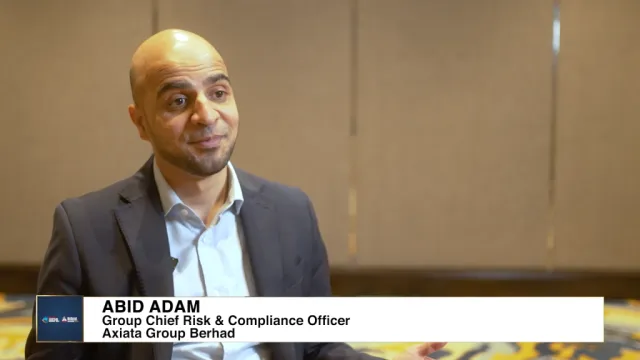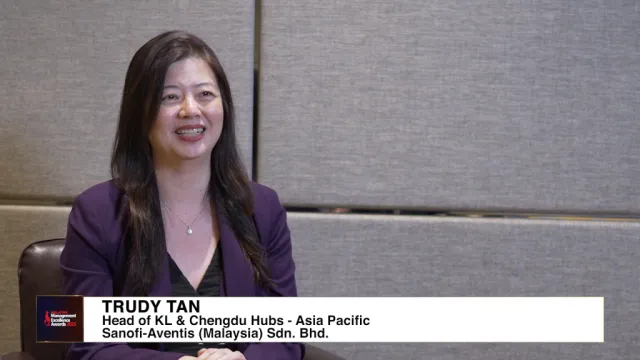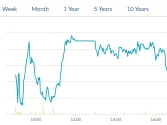
Why investors will still put their money on commercial real estate despite headwinds
Two in five investors’ allocations to real estate exceeded targets in 2023.
The appeal of commercial real estate as an asset class is well-positioned to overcome the prolonged effects of current investment pressures, including higher inflation and elevated interest rates. According to global real estate consultant JLL, investors who are convinced of the long-term merits of real estate have been maintaining or increasing their target allocations towards commercial real estate.
A recent survey by Cornell University revealed that 40% of institutional investors’ allocations to real estate exceeded targets in 2023, up from 32% in 2022 and just 8.7% the year before. In Asia Pacific, Singapore’s Government Investment Corporation (GIC) has continued to increase its allocation to real estate – up to 13% in 2023 from 10% in 2022 and from 8% in 2021. Similarly, South Korea’s National Pension Service (NPS) is increasing its target allocation to alternatives (across real estate, private equity and hedge funds) from 13.8% (2023) to 15% (2027).
“Despite pressures in today’s market, the long-standing merits of commercial real estate investments persist. From a 10-year return perspective, commercial real estate has consistently demonstrated its value and held up well against other asset classes,” said Pamela Ambler, Head of Investor Intelligence, Asia Pacific, JLL. “Real estate, in particular private real estate investment offers lower volatility and reduced correlation to other asset classes, with a more stable income profile providing compelling diversification benefits.”
JLL also projects that by the end of 2025, US$3.1 trillion of real estate assets globally will have maturing debt that requires refinancing. However, the current refinancing shortfall – which refers to the amount of new equity required for these loan maturities – ranges from an estimated US$270 to US$570 billion. These debt maturities will catalyse transaction activity and will trigger an increased focus on diversification strategies throughout the capital stack.
JLL’s research finds that substantial liquidity currently exists, with dry powder (available capital funds) for commercial real estate totalling US$402 billion as of October 2023. Given the quantum of unallocated funds, there will be a considerable first-mover advantage for investors who can deploy capital quickly and mobilise around opportunities as market fundamentals improve.
“In our view, while the current higher-rate environment has created a cooling effect on real estate’s attractiveness in the short-term, strategic allocation targets into real estate are expected to remain stable and, in some cases, trend higher, especially in the long run,” says Richard Bloxam, CEO, Capital Markets, JLL. “We anticipate this will materialise initially in sectors, such as living and logistics, and in markets with strong rental growth expectations where values also appear to be bottoming out.”
As was the case for many trends, the COVID-19 era was an accelerant, but not a catalyst for portfolio diversification strategies – which began shifting in the decade leading up to the pandemic. Collective exposure to the logistics and living asset classes across the largest core funds has grown by US$138 billion globally, an increase of 263%, since 2016. These sectors now account for around 52% of core fund exposure in Asia Pacific, 62% in the US and 46% in Europe.
The logistics & industrial sector also remains in focus, with strong demand for the sector from occupiers and investors, as well as meaningful innovation and growth in the outlook for manufacturing, e-commerce and urban logistics to varying degrees globally. In Asia Pacific, logistics accounts for 38% of core fund exposure (up from just 11% in 2016), driven by the region’s continuing e-commerce boom amid urbanisation and dense large population centres.
In comparison, the global allocation of funds towards the retail and office sectors remains on the decline. Retail core fund exposure in Asia Pacific fell from 21% in 2019 to a mere 7% in 2023, while the office sector saw a decrease in allocation from 47% to 41% over the same period.

















 Advertise
Advertise









